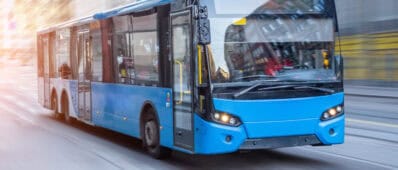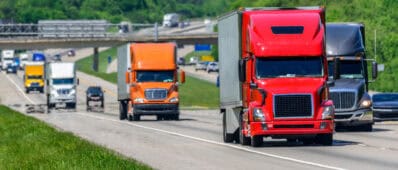Abstract
There are two operational objectives for operating high-occupancy toll (HOT) lanes: (i) to maintain the free-flow condition to guarantee the travel time reliability; and (ii) to maximize the HOT lanes’ throughput to minimize the system’s total delay. The traffic dynamics on both HOT and general purpose (GP) lanes are described by point queue models, where the queueing times are determined by the demands and capacities.
This article considers three types of lane-choice models: the multinomial logit model when single-occupancy vehicles (SOVs) share the same value of time, the vehicle-based user equilibrium model when SOVs’ values of time are heterogeneous and follow a distribution, and a general lane-choice model. The article demonstrates that the second objective is approximately equivalent to the social welfare optimization principle for the logit model. Observing that the dynamic price and the excess queueing time on the general purpose lanes are linearly correlated in all the lane-choice models, the article proposes a feedback control method to determine the dynamic prices based on two integral controllers. The article further presents a method to estimate the parameters of a lane-choice model once its type is known. Analytically the article proves that the equilibrium state of the closed-loop system with constant demand patterns is ideal, since the two objectives are achieved in it, and that it is asymptotically stable. With numerical examples, the article verifies the effectiveness of the solution method.



